One smoke alarm installed in the room most frequently used for general daytime living purposes. Ei146 Ei166RC Heat alarm to be installed in the kitchen where there is no door separating the kitchen from the circulation space eg.
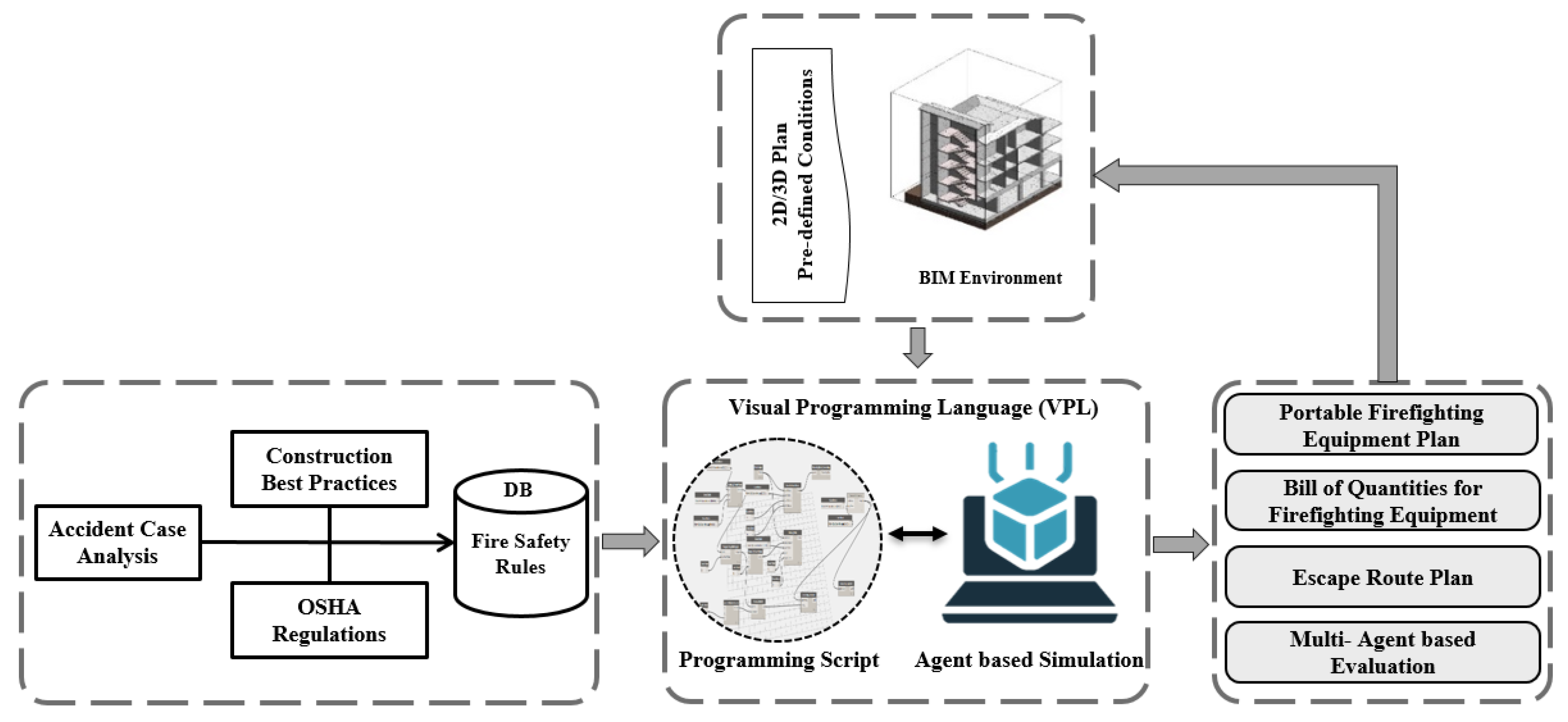 Applied Sciences Free Full Text Visual Language Aided Construction Fire Safety Planning Approach In Building Information Modeling Html
Applied Sciences Free Full Text Visual Language Aided Construction Fire Safety Planning Approach In Building Information Modeling Html
In England the minimum guide for smoke alarm positioning to meet building regulations is as follows.

Smoke alarm positioning to meet building regulations. England and Wales Building Regulations Document B. And iv operate when tested. Smoke alarms should ideally be installed in the centre of the ceiling.
Heat and smoke both rise so positioning a detector directly above a. And v be interconnected with every other smoke alarm in the dwelling so all activate together. Smoke alarms are compulsory and must be installed in every residential building on or near the ceiling of every storey.
All these are critical factors for an early warning and quick escape during a house fire. Ei144 Ei164RC Smoke and heat alarms must be interconnected. It is vitally important that your smoke alarm is regularly checked in accordance with the manufacturers instructions.
All Building Regulations recommend. Smoke alarms are required in the circulation spaces such as hallways and landings. Mains power is not connected to the dwelling where there is no hidden space to run the necessary wiring for mains powered alarms and there is no appropriate alternative location for example where there is a.
Smoke alarms should be located in a circulation route such as the hall or landing so that there is one. Scotland Fire Technical Handbook Domestic. Smoke alarm positioning to meet Building Regulations Building Regulations vary throughout the UK and so when specifying and installing the different levels of.
Position optical or multi-sensor mains powered alarms with an integral backup power supply within the escape routes of the property ie. If your kitchen is not. I be photoelectric AS 3786-2014.
Smoke detectors should be positioned so that there is one within 75m of every habitable room door and a minimum of 1 smoke detector in every storey of the dwelling. Smoke alarm positioning to meet Building Regulations Building Regulations vary throughout the UK and so specify different levels of fire safety when installing fire alarm systems. Northern Ireland Technical Handbook E.
And iii be less than 10 years old. To avoid dead air spaces follow the installation recommendations below. The Building Regulations 2012 allows the use of battery powered smoke alarms where.
The new standard requires. Residential buildings include the following building classes as broadly defined in the National Construction Code NCC. All alarms should be ceiling mounted and interlinked.
Dead air spaces may prevent smoke from reaching your alarm. It is recommended to position the alarm at least 300mm away from walls and light fittingsdecorative objects See fig 1. Photoelectric smoke alarms see smoke and will alert you early so you can escape.
All dwellings should be provided with an alarm system to at least Grade D Category LD3. In general optical alarms are recommended eg. Since 1 January 2017 legislation has specified the type positioning and interconnectedness of smoke alarms for Queensland homes.
Instead measure from the outer edge of the stove horizontally and then install the smoke detector above that point. Placing of smoke alarms and heat alarms Alarms should be sited on the ceiling as centrally as possible within the roomarea they are installed Site 300mm away from walls and light fittings this is to ensure that they are away from any dead air spaces that occur. When installing an alarm on the wall the top edge of alarms should be placed between 4 inches 100 mm and 12 inches 300 mm from the wallceiling line.
One smoke alarm in every circulation space on each storey such as hallways and landings. Smoke alarms in the dwelling must. And ii not also contain an ionisation sensor.
We have no authority to make sure that smoke alarms are maintained. Detached houses row houses town houses terrace houses or villa units. Stating the requirements of the smoke alarm legislation have been met.
Ensure theres at least one alarm on every storey of the dwelling Ensure theres an alarm within 75m of the door to every habitable room Provide a heat detector to the kitchen if its open plan to the escape route Mount them 300mm away from walls and light fittings. One heat alarm installed in every kitchen.
 Applying Building Information Modeling To Support Fire Safety Management Sciencedirect
Applying Building Information Modeling To Support Fire Safety Management Sciencedirect
 Complete Guide To Fire Alarms For Your Home Regulations Locations
Complete Guide To Fire Alarms For Your Home Regulations Locations
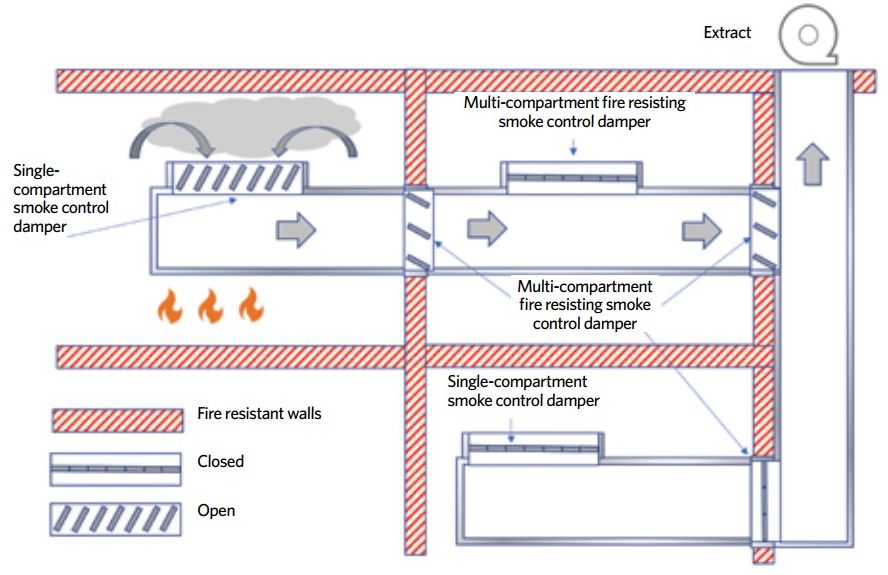 Module 155 Dampers For The Control Of Fire And Smoke In Building Ventilation Systems Cibse Journal
Module 155 Dampers For The Control Of Fire And Smoke In Building Ventilation Systems Cibse Journal
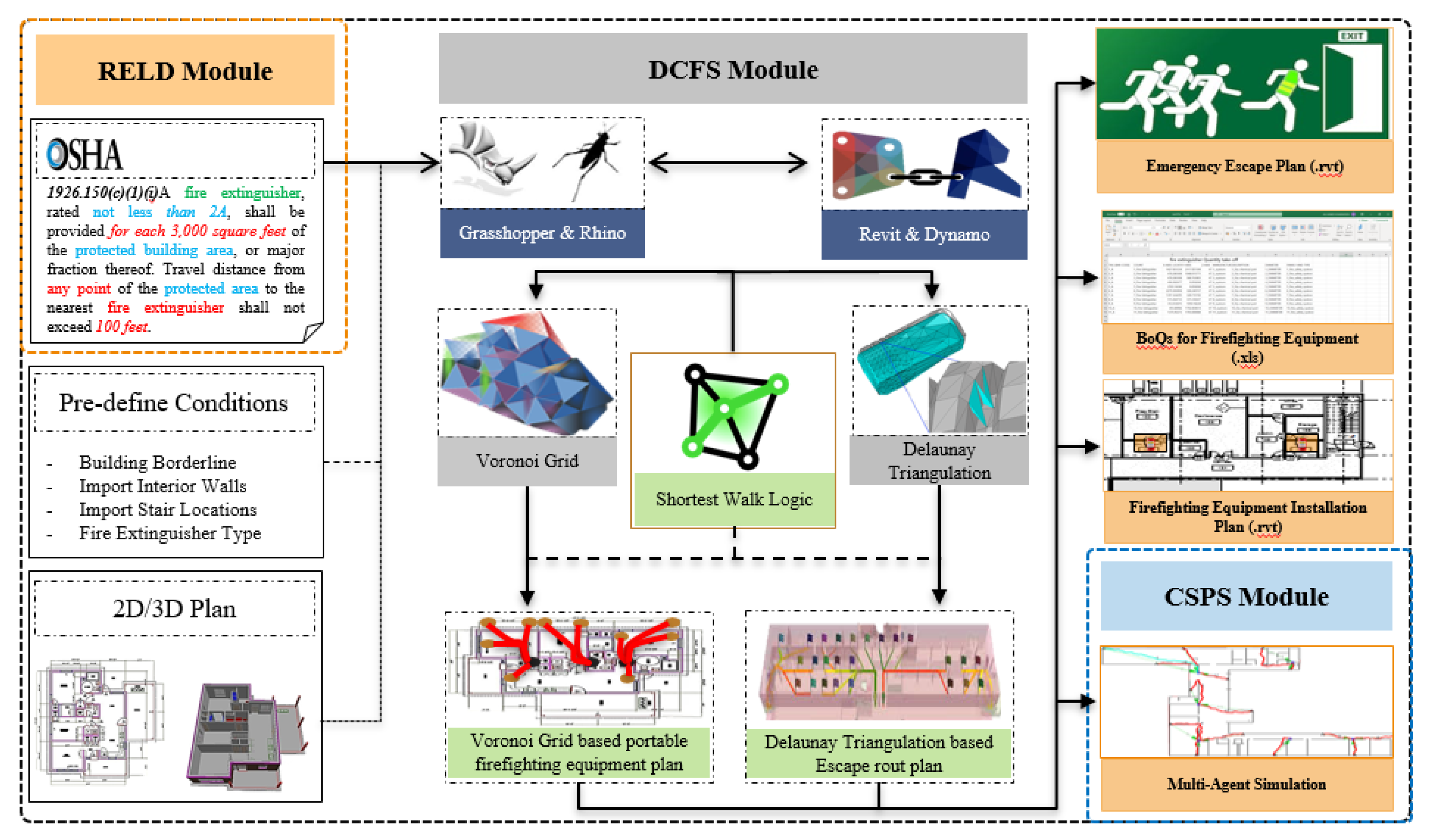 Applied Sciences Free Full Text Visual Language Aided Construction Fire Safety Planning Approach In Building Information Modeling Html
Applied Sciences Free Full Text Visual Language Aided Construction Fire Safety Planning Approach In Building Information Modeling Html
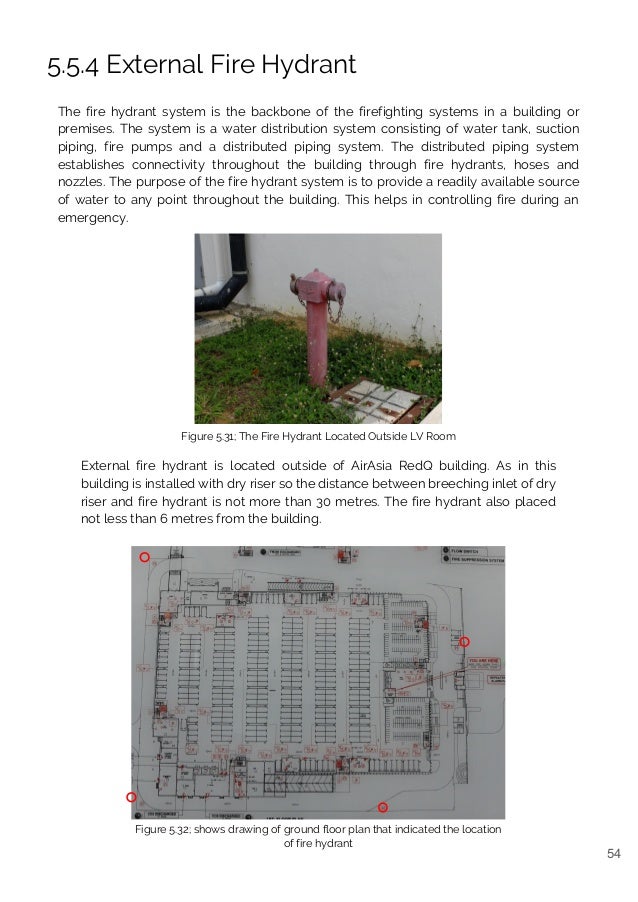 Case Study Of Building Services In Public Buildings
Case Study Of Building Services In Public Buildings
 Case Study Of Building Services In Public Buildings
Case Study Of Building Services In Public Buildings
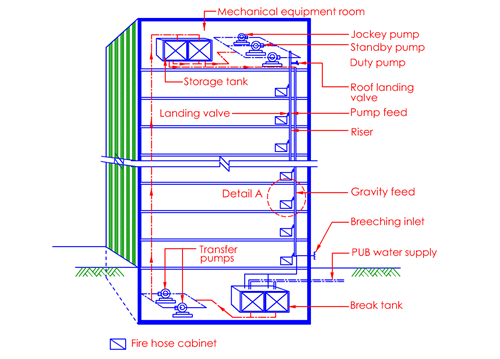 Clause 6 2 Rising Main And Hose Reel Systems Scdf
Clause 6 2 Rising Main And Hose Reel Systems Scdf
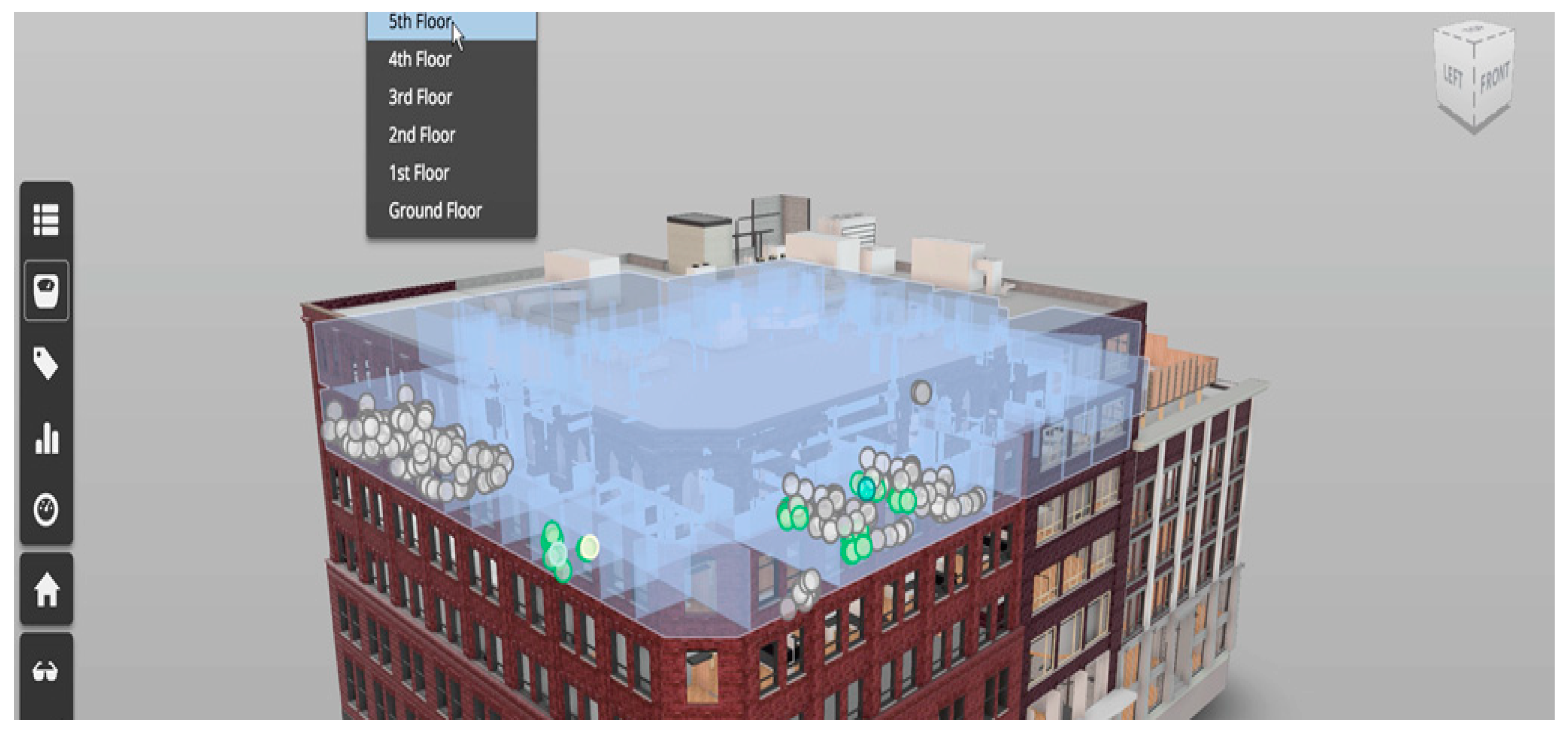 Sensors Free Full Text A Framework For An Intelligent And Personalized Fire Evacuation Management System Html
Sensors Free Full Text A Framework For An Intelligent And Personalized Fire Evacuation Management System Html
-2.tmb-firecode.png?sfvrsn=450e8dbc_1) Clause 7 4 Smoke Control System Scdf
Clause 7 4 Smoke Control System Scdf
 Clause 7 4 Smoke Control System Scdf
Clause 7 4 Smoke Control System Scdf
Https Www Buildmagazine Org Nz Assets Pdf Build 154 28 Build Right Placing Smoke Alarms Correctly Pdf
Fire Alarm Systems And Elevator Recall Electrical Contractor Magazine
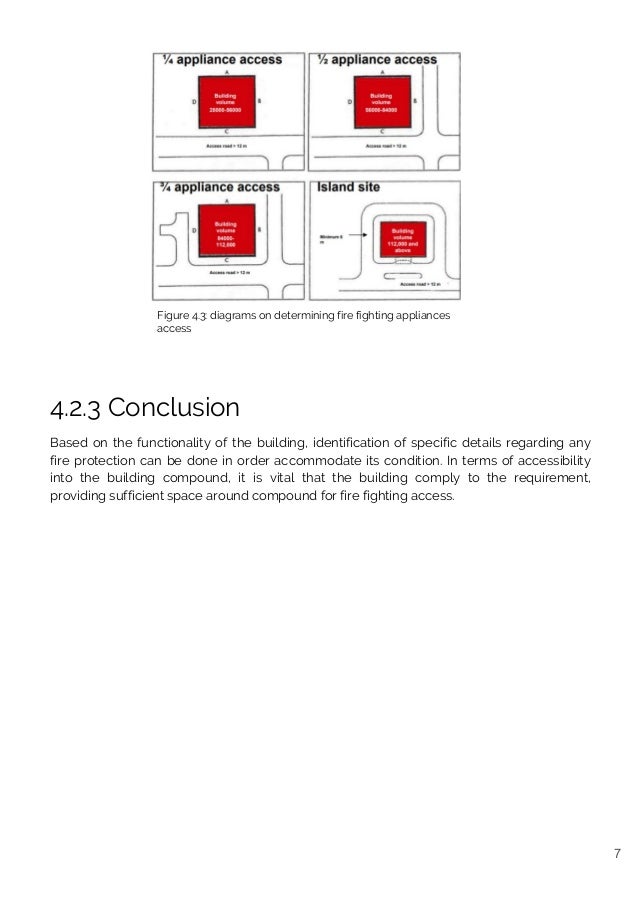 Case Study Of Building Services In Public Buildings
Case Study Of Building Services In Public Buildings
 Your Guide For Smoke Alarm Positioning To Meet Building Regulations Fireangel
Your Guide For Smoke Alarm Positioning To Meet Building Regulations Fireangel
 Buildings Free Full Text Smart Buildings Systems And Drivers Html
Buildings Free Full Text Smart Buildings Systems And Drivers Html
 Case Study Of Building Services In Public Buildings
Case Study Of Building Services In Public Buildings
Https Www Promat Ap Com En Download File En Dc0f35ec226346ed98bcab090021dab6 Passive Fire Protection Building Construction Solutions For Hong Kong Rev 6b851113 3412 41fc 8766 2cbd42cb5580
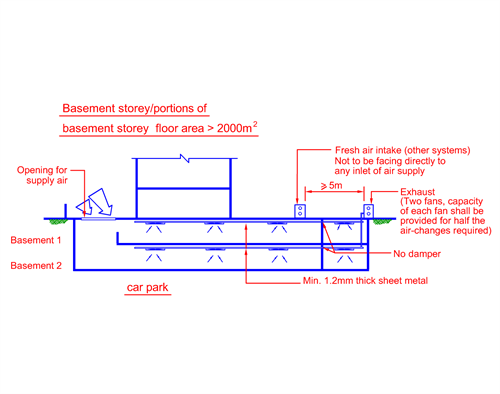 Clause 7 4 Smoke Control System Scdf
Clause 7 4 Smoke Control System Scdf
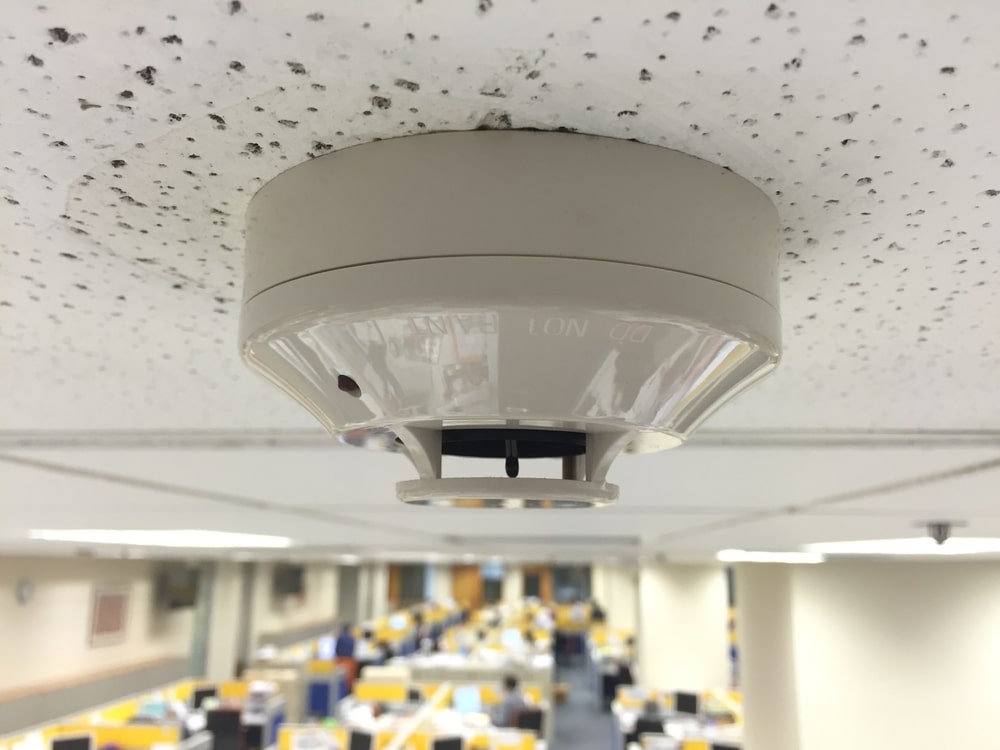 Where To Install Smoke Detectors In Commercial Buildings Tecserv Uk
Where To Install Smoke Detectors In Commercial Buildings Tecserv Uk